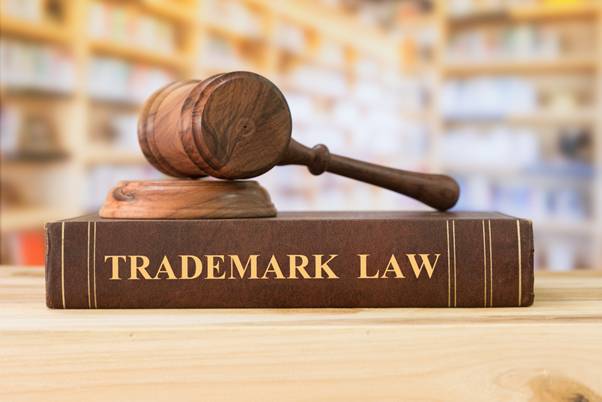
Have you been hit by a copycat? With products being marketed extensively on social media these days, it’s becoming more of a problem. However, with the topic of copycats and counterfeiting being bandied around, many people think they understand their rights when their products are copied. But it’s not always so clear-cut, and many times they misunderstand the factors at play. What comes into question here is the issue of “ownership”.
Has Your Product Been Copied?
It can be a shock when you see a copy of your product being sold, but before you react emotionally, you need to understand the laws involved. If you think someone’s copying your product, you need first to identify if or what it is that you actually own. Various aspects of a product may require registration as a form of intellectual property in order to ‘own’ that product.
Handbags are an excellent example of something competitors can replicate. They are readily copied and sold as knockoffs. It’s a perfect example for looking at the different forms of intellectual property and rights associated with a product. The following features on a handbag could be protected, for example:
- The brand name or a logo could be registered as a trademark
- A printed pattern could be considered an artistic work and be protected under Copyright laws
- The look, configuration and visual features may be protected as a registered design
Is it novel, and is it distinctive? These are some of the questions to ask when looking at copycat issues. Why does this matter?
Can you prove it’s new and distinctive? Then it’s possible that you could seek a valid design registration. This can cover the overall look/appearance of the handbag. At the time of writing, a product’s design must be new to obtain valid design protection in Australia that can be enforced. This means you should not share or display your design before filing a design application. This means holding off promoting or selling your design before filing or you could lose your right to protect it.
Finally, if the design of the handbag is well known and associated exclusively with one brand, it could have acquired a reputation and be protected. The following factors may be taken into consideration in this case:
- It has to be instantly recognisable as coming from one trade source, without a trademark being visible.
- It has to have been promoted extensively.
As you can see, not many designs would fit this – think iconic brands like Chanel and Birkin.
What You Need To Prove As An Owner
So that brings us back to the tricky question – can you take action against what you perceive to be a copycat product? It depends on whether you can prove the intellectual property rights you own in your product. Depending on the type of IP rights you are enforcing you may also need to prove whether the other has in fact copied you. For example, copyright infringement can occur where someone has copied a substantial part of your original work. Coincidental similarities do not amount to copyright infringements.
Not all products that one believes have been victim to “copycats” can be stopped. For example, another brand sells a product that looks very similar to yours, under their own name that is different from yours. If you don’t have IP rights in the product itself, it’s going to be difficult to assert what you consider to be your “rights”. Of course, if you have protection in the design or copyright or a significant reputation, it’s much more straightforward.
If you don’t have exclusivity in the product itself, you should adopt a distinctive brand and when marketing the product, refer to your brand. Over time consumers will come to associate the product with your brand. At least this way, you’ll know that copycat competitors can’t make out that they are peddling your actual product – they’ll have to market it under a completely different brand.
What Should You Do If You’ve Been Copied?
Here are some other practical steps you can take to strengthen your IP rights and build goodwill in the market.
- Legally protect your product where possible
- Do something unique
- Offer superior service
- Build brand loyalty
If you think someone is selling your product without permission, you should not send a cease-and-desist letter, as this could lead to you getting sued. Under some Australian laws – including the trademarks Act 1995 there are provisions that allow a recipient of an unfounded legal threat to take steps against the sender. Instead, find out whether there is a legal basis for contacting the alleged copy-cat and requesting they cease. Be careful not to bully the other party into taking action.








